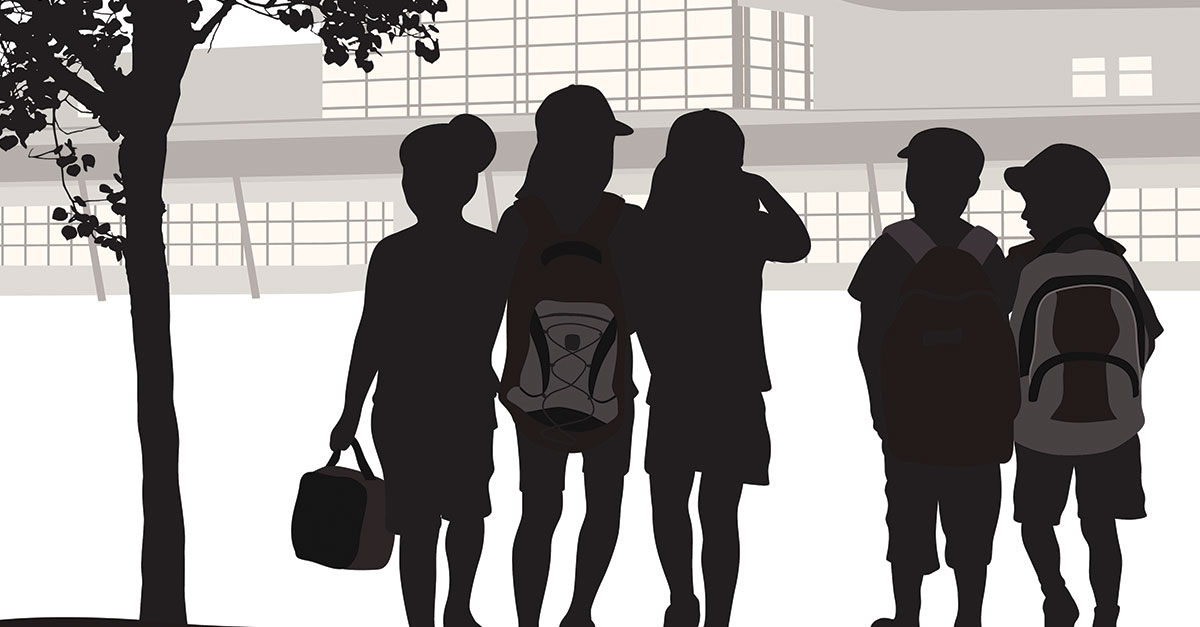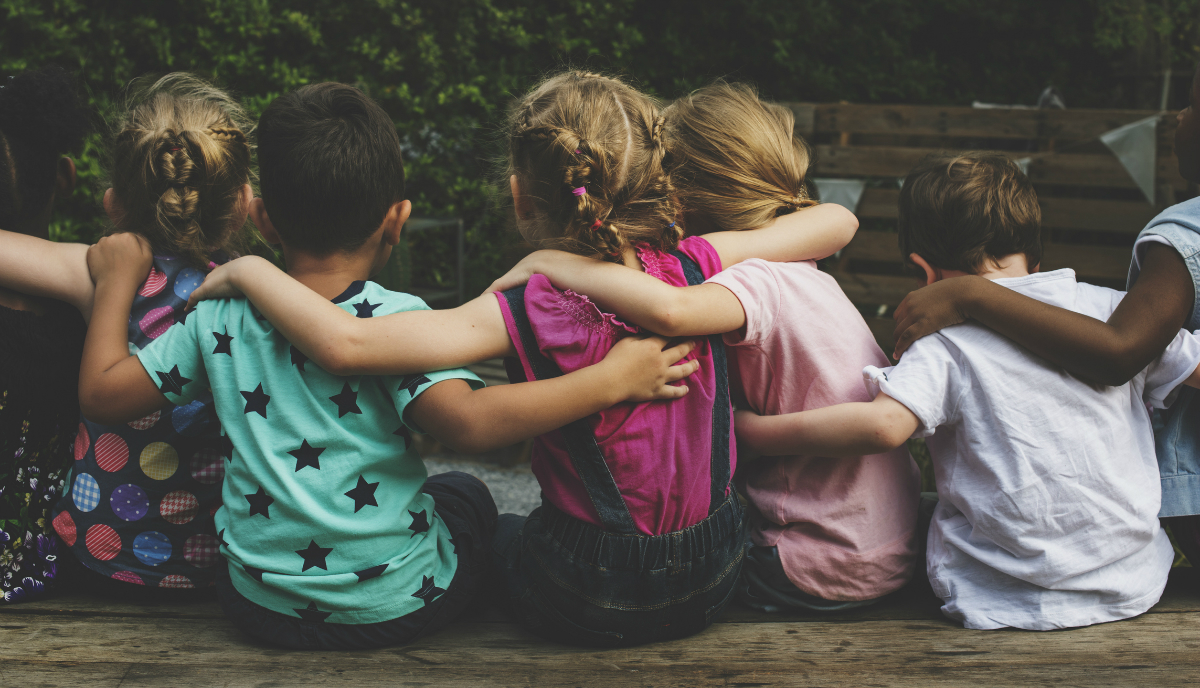The presence of police in schools results in fewer fights, but harsher discipline particularly for Black students and students with disabilities, according to a recent study.
Published in the Journal of Policy Analysis and Management in July, the study uses school outcomes measured in the 2017–18 U.S. Department of Education Office for Civil Rights’ Civil Rights Data Collection (CRDC), which includes measures of disciplinary incidents disaggregated by student subgroups.
The data show that around 41 percent of high schools, 38 percent of middle schools and 17 percent of elementary schools have a school resource officer (SRO) stationed on-site at least part-time.
Having an SRO present in schools reduces fights and threats by about 30 percent and increases detection of firearms by about 150 percent. On the other hand, schools with SROs saw between a 35 and 80 percent increase in out-of-school suspensions, and a 25 to 90 percent increase in expulsions. Referrals to police and school-based arrests were up between 10 and 50 percent compared to campuses without SROs.
The increases were especially higher among students with disabilities, who were suspended, expelled or arrested at nearly three times the rate of students without disabilities. Among Black youth, out-of-school suspensions increase by 1.9 times more, expulsions by 3.3 times more, and arrests by 2.5 times more compared to their white peers upon introduction of an SRO.
“The findings from this national study … demonstrate that stationing police officers in schools comes with a serious set of tradeoffs,” Lucy Sorensen, a University at Albany Rockefeller College of Public Affairs and Policy associate professor and lead author on the study, said in a statement. “We recommend that school districts weigh these tradeoffs carefully in determining the size and scope of their SRO programs and consider alternative school violence prevention approaches that support, rather than police, students.”
In a separate explainer of the findings published by the Brookings Brown Center on Education Policy, Sorensen and one of her co-authors, UAlbany PhD student Montserrat Avila-Acosta, cite policy recommendations included in their study as well as related research, which include:
- Developing memoranda of understanding (MOUs) between school districts and police departments that clearly delineate the roles of SROs and ensure that they are not pulled into school disciplinary responses to minor infractions.
- Requiring SROs to receive basic, specialized training that better prepares them to build relationships with students and de-escalate situations that can arise with children and adolescents. While SROs funded through the Community Oriented Policing Services Hiring Program are required to complete basic training, researchers found there is no national training guidance for SROs, and training requirements vary significantly from one state to the next.
- Ensuring local educational agencies collect and make available data on the placement and activities of SROs to allow more rigorous review and evaluation of SROs at different levels of schooling and under different training or accountability structures.
- Investing in alternative student support services, such as social work and mental health professionals, could also improve school climate and safety over the long term, as well as reduce the need for school policing altogether.





